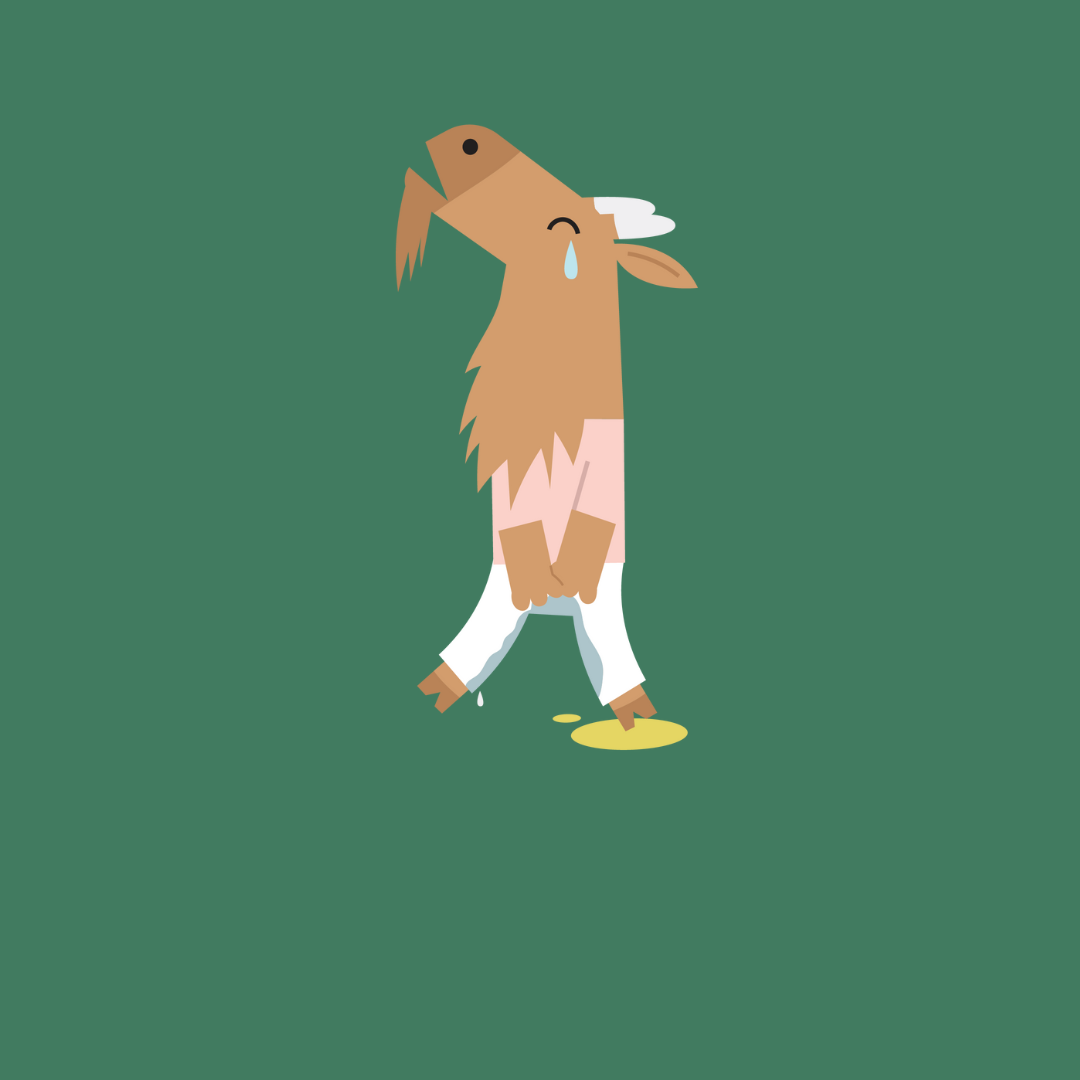On the go, on vacation, or in a restaurant
Being potty trained outdoors often feels more exciting than at home. New places, different toilets and distractions create additional barriers. Good news: with a few simple preparations and set routines, it quickly becomes predictable and achievable. In this article, you'll learn how to plan your trip or outing, which items help, how to incorporate quiet "try moments" on the way and on location, and how to stay calm in case of mishaps. With clear scripts and small choices, you'll keep the atmosphere friendly and practice succeeds outside the door.
Preparing: small list, big effect
Preparation removes tension. Consider:
- Travel potty or toilet-reducer + sturdy (foldable) stool in a bag that you always take with you.
- Set of spare clothes (underpants, pants, socks) + plastic/laundry bag and wet wipes.
- Mat or mattress pad for in the car/buggy on longer trips.
- Short "toilet scripts" printed or in your phone (see below).
- Card or pictogram with the steps: pants down → sit → wipe → rinse → wash hands.
Tell your child in advance what you're going to do: "We're going to Grandpa and Grandma's. There we'll do just like at home: after arriving, we'll go to the bathroom, then play." That way it's not new, but "the same thing in a different place."
On the road: car, bicycle or public transportation
Along the way, urges are harder to catch. Make it predictable:
- Before leaving, try it: sit quietly for 1 minute. No pressure, just routine.
- Plan a short stop on rides longer than ~90 minutes. Say in advance, "Halfway through we'll do restroom."
- Travel potty within easy reach (back seat/trunk). Stop the car safely, use a disposable absorbent pad.
- OV: check where toilets are (stations/cafés). Emphasize: "At station X, we'll go to the restroom."
Script on the road: "First we ride a little, then we do toilet. Then we eat a snack." Short, set order gives peace of mind.
Arriving in a new place: anchor your routine
New environment = distraction. Catch that with a set start time:
- Upon arrival: immediately point out the restroom/cleaning area: "Here is the toilet. We'll do toilet in a moment, then play."
- Make the toilet child-friendly: use your own reducer/stool; light on; door ajar if that feels safe.
- Keep it short: sitting for 1-2 minutes is enough. Success or not: "Thank you for trying."
Script on arrival: "We hang up coats, then briefly toilet, and then we play/eat."
In the restaurant: keeping rhythm without struggle
Eating out is cozy AND stimulating. That's how you keep it relaxed:
- Before entering, give it a try (at home or just before the restaurant). Less chance of "I have to now!" halfway through.
- Plan a toilet moment after drinks and before the main course or dessert: "After your juice, we'll do a quick toilet."
- Use the same words and order as at home. No long explanations; short, familiar sentences help.
- Accident? Stay neutral: "Oops, wet. We'll clean it up." Quickly change in the restroom and rejoin the table.
Script at table: "We drink first, then we do toilet, then comes the food."
On vacation: same scripts, slightly less ambition
Vacations break rhythm. Make it light and predictable:
- Choose 2-3 core moments per day (after breakfast, after swimming, before sleep). Rather small and consistent than very frequent and changing.
- Bring your own tools (travel potty/reducer, stool). Familiar equipment = less threshold.
- Explore new toilets: walk by together, let your child sit on dry land with clothes on to get used to it.
- Relapse is normal due to stimuli and fatigue. Continue your core moments neutrally.
Script on vacation: "At home and here is the same: we do toilet after breakfast. Then beach!"
Emergencies and accidents outside the home
It happens to everyone: too late anyway. You set the tone:
- Emphasize neutrally: "Oops, wet."
- Resolve practically: find quiet place, change with your spare gear.
- Short bridge ahead: "We'll do toilet later. Now we play on."
No blaming, no preaching. Potty training is practice, even when it's busy. With a calm, hands-on approach, your child will learn that accidents belong and that it's safe to try again.
If your child doesn't want to go on a strange toilet
Many children find unfamiliar toilets exciting (sound, smell, height). Lower the threshold:
- First look, then sit (with clothes on if necessary). You stay close.
- Foot support using your own stool or your shoe as an emergency support.
- Sound anxiety: count down for flushing, let your child choose: "watch along or wait outside".
- Max 1-2 minutes try; do not push too long. Repeat quietly later.
Script at tension: "It's new. I'm with you. One minute is enough."
Coordinate with daycare, grandparent or host parent
Unambiguity accelerates learning, especially if your child goes to multiple places:
- Share your wordset and scripts: "We'll try for a while. Then we'll play on." "Oops, wet. We'll clean it up."
- Agree 2-3 identical times (e.g., after fruit, before outside play, after nap).
- Ask for brief handover: "2× tried, 1× succeeded, 1 mishap - atmosphere calm."
This keeps the experience the same for your child everywhere, and that provides safety.
Scripts (useful for printing or saving)
- Before leaving: "We're leaving in a minute. Toilet first, then coat on."
- On the way: "We drive a little, then we do toilet. Then snack."
- Upon arrival, "Coats on the coat rack, then toilet, then play."
- In the restaurant, "First drink, then toilet, then comes the food."
- With tension: "It's new. I'm with you. One minute is enough."
- Accident: “Oops, wet. We'll clean it up. Clean pants, all done.”
- Compliment: “Good job listening to your tummy.”
Frequently asked questions
Should I ask "do you have to pee?" more often when we're out?
Asking too often creates pressure and "no." Better: predictable, announced moments ("After your juice, we'll do a bathroom break").
Can we go on vacation without a night diaper?
Only if there are already regular dry mornings at home. Otherwise, keep the night diaper on and practice during the day. Vacations are often stimulating; keep it simple.
What if my child wants to poop alone at home?
Pooping requires more relaxation. On location, try your own reducer/stool, keep it short and build up slowly. If it doesn't work out, that's okay; try again later and react neutrally to accidents.
Is a travel shell or disposable jar necessary?
Useful, not mandatory. If it lowers your threshold to stop and sit your child down quickly, it's a great tool.
Summary
Outdoor potty training succeeds with the same ingredients as at home: predictable times, the same short scripts and a kid-friendly toilet. Bring simple tools (travel potty/shaper, stool, spare clothes) and plan in advance when you will try for a while (before departure, upon arrival, around dinner). Respond neutrally to accidents and keep it cozy and short. On vacation, choose 2-3 key moments and lower your ambition: rather small and consistent than many and varying. This keeps practice safe, clear and achievable on the road as well - for your child and for you.

.svg)






